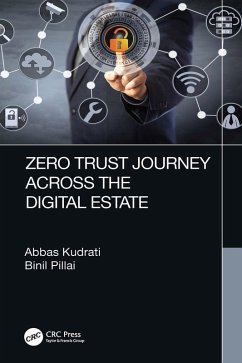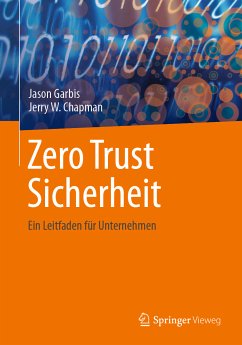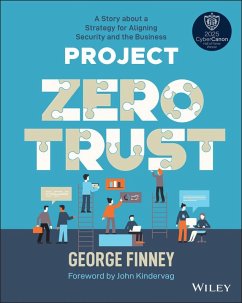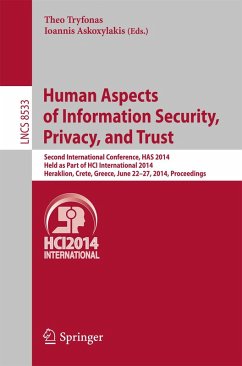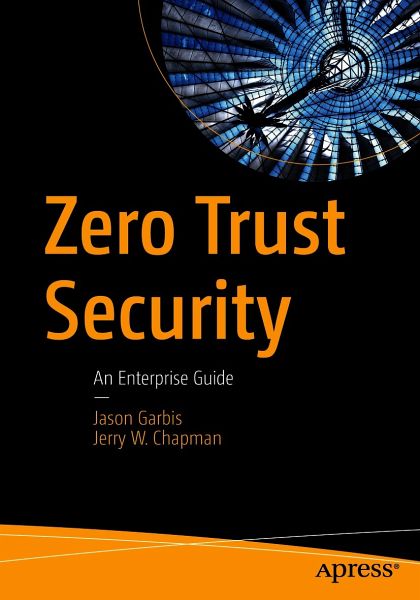
Zero Trust Security (eBook, PDF)
An Enterprise Guide
Versandkostenfrei!
Sofort per Download lieferbar
43,95 €
inkl. MwSt.
Weitere Ausgaben:

PAYBACK Punkte
22 °P sammeln!
Understand how Zero Trust security can and should integrate into your organization. This book covers the complexity of enterprise environments and provides the realistic guidance and requirements your security team needs to successfully plan and execute a journey to Zero Trust while getting more value from your existing enterprise security architecture. After reading this book, you will be ready to design a credible and defensible Zero Trust security architecture for your organization and implement a step-wise journey that delivers significantly improved security and streamlined operations.Zer...
Understand how Zero Trust security can and should integrate into your organization. This book covers the complexity of enterprise environments and provides the realistic guidance and requirements your security team needs to successfully plan and execute a journey to Zero Trust while getting more value from your existing enterprise security architecture. After reading this book, you will be ready to design a credible and defensible Zero Trust security architecture for your organization and implement a step-wise journey that delivers significantly improved security and streamlined operations.
Making this type of shift can be challenging. Your organization has already deployed and operationalized enterprise security assets such as Directories, IAM systems, IDS/IPS, and SIEM, and changing things can be difficult. Zero Trust Security uniquely covers the breadth of enterprise security and IT architectures, providing substantive architectural guidance and technical analysis with the goal of accelerating your organization's journey to Zero Trust.
What You Will Learn
Who This Book Is For
Zero Trust security has become a major industry trend, and yet there still is uncertainty about what it means. Zero Trust is about fundamentally changing the underlying philosophy and approach to enterprise security-moving from outdated and demonstrably ineffective perimeter-centric approaches to a dynamic, identity-centric, and policy-based approach.
Making this type of shift can be challenging. Your organization has already deployed and operationalized enterprise security assets such as Directories, IAM systems, IDS/IPS, and SIEM, and changing things can be difficult. Zero Trust Security uniquely covers the breadth of enterprise security and IT architectures, providing substantive architectural guidance and technical analysis with the goal of accelerating your organization's journey to Zero Trust.
What You Will Learn
- Understand Zero Trust security principles and why it is critical to adopt them
- See the security and operational benefits of Zero Trust
- Make informed decisions about where, when, and how to apply Zero Trust security architectures
- Discover how the journey to Zero Trust will impact your enterprise and security architecture
- Be ready to plan your journey toward Zero Trust, while identifying projects that can deliver immediate security benefits for your organization
Who This Book Is For
Security leaders, architects, and practitioners plus CISOs, enterprise security architects, security engineers, network security architects, solution architects, and Zero Trust strategists
Dieser Download kann aus rechtlichen Gründen nur mit Rechnungsadresse in A, B, BG, CY, CZ, D, DK, EW, E, FIN, F, GR, HR, H, IRL, I, LT, L, LR, M, NL, PL, P, R, S, SLO, SK ausgeliefert werden.



